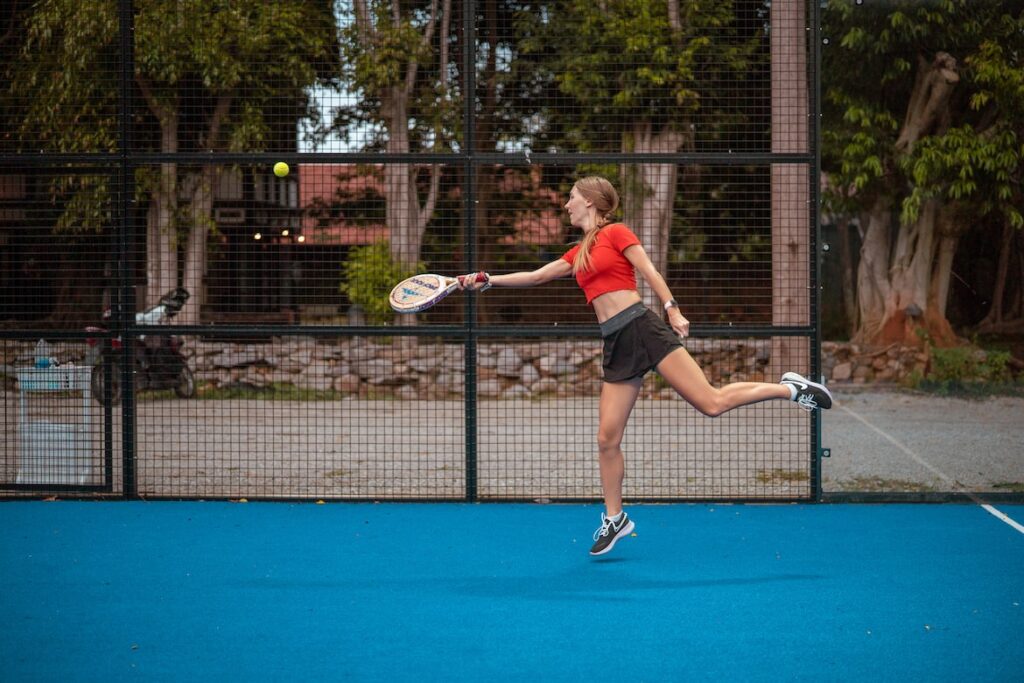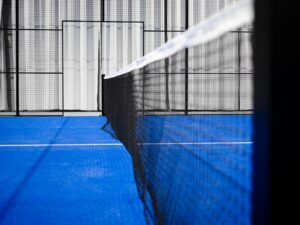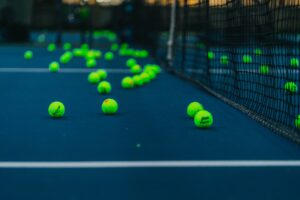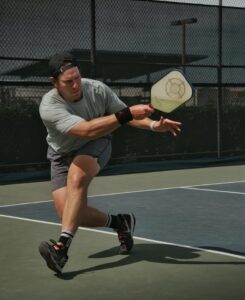The Ultimate Guide to Choosing Padel Equipment for Coaching
3 min read
The Ultimate Guide to Choosing Padel Equipment for Coaching
As a padel coach, selecting the right equipment can be the difference between a successful session and a disappointing one. Your choice of racket, balls, shoes, and other accessories can impact the performance of your students and make their time on the court enjoyable or uncomfortable.
In this ultimate guide, we will explore the essential factors that you should consider when choosing padel equipment for coaching. Whether you’re new to the game or an experienced coach, this guide will provide you with the knowledge you need to select the right equipment.
Rackets
The most crucial part of a padel player’s arsenal is the racket. Selecting the right racket is not as simple as choosing the most expensive or popular one. There are many factors to consider.
Firstly, consider the level of your students. If they are beginners, a light and forgiving racket would be ideal. Such rackets offer a larger sweet spot and are easier to maneuver, making them perfect for players who are still learning the game.
For intermediate and advanced players, heavier rackets with more control are better. Although heavier rackets take some getting used to, they provide better control and accuracy, which is essential if players want to excel in the game.
Balls
Choosing the right balls for your students is also crucial. The ball you select should match the skill level of your students, the court surface, and the ambient temperature.
Most padel balls come in three categories: beginner, intermediate, and advanced. The beginner balls are softer, have less bounce, and are easier to control, whereas advanced balls are harder and bounce higher, making them ideal for more seasoned players.
When selecting a ball, consider the court surface as well. Balls designed for use on clay courts have a softer core and are slightly heavier than the balls used on hard surfaces.
Finally, temperatures also affect the ball’s behavior. When playing in cold conditions, use a harder and bouncier ball, whereas playing in warm weather requires a softer and more forgiving ball.
Shoes
Good shoes are essential for any padel player, and coaching is no exception. When selecting shoes, look for those that fit well and provide ample support and stability, especially around the ankles.
It’s also important to consider the sole’s grip and design for the court surface. For example, shoes designed for clay courts have a herringbone pattern on their soles, whereas those for hard courts have a cross-hatch pattern.
Additionally, consider the shoe’s breathability, especially if the coaching sessions will be held in hot and humid weather.
Accessories
Besides rackets, balls, and shoes, there are other accessories that could enhance your students’ experience. For example, selecting a comfortable and well-padded grip can reduce the impact of vibrations on the arm, making it easier for players to hit the ball.
Other accessories you may consider include wristbands, hats, and sunglasses, especially if the coaching sessions run for extended periods in direct sunlight.
Final Thoughts
Coaching padel requires quality equipment that fits the skill level of your students and the court surface. When selecting equipment, consider rackets, balls, shoes, and accessories that your students will feel comfortable using and that enhance their chances of success.
By considering the factors outlined in this guide, you can equip your students with the right gear and provide them with an enjoyable and successful padel coaching experience. With these tips, you now know how to choose padel equipment for coaching.







